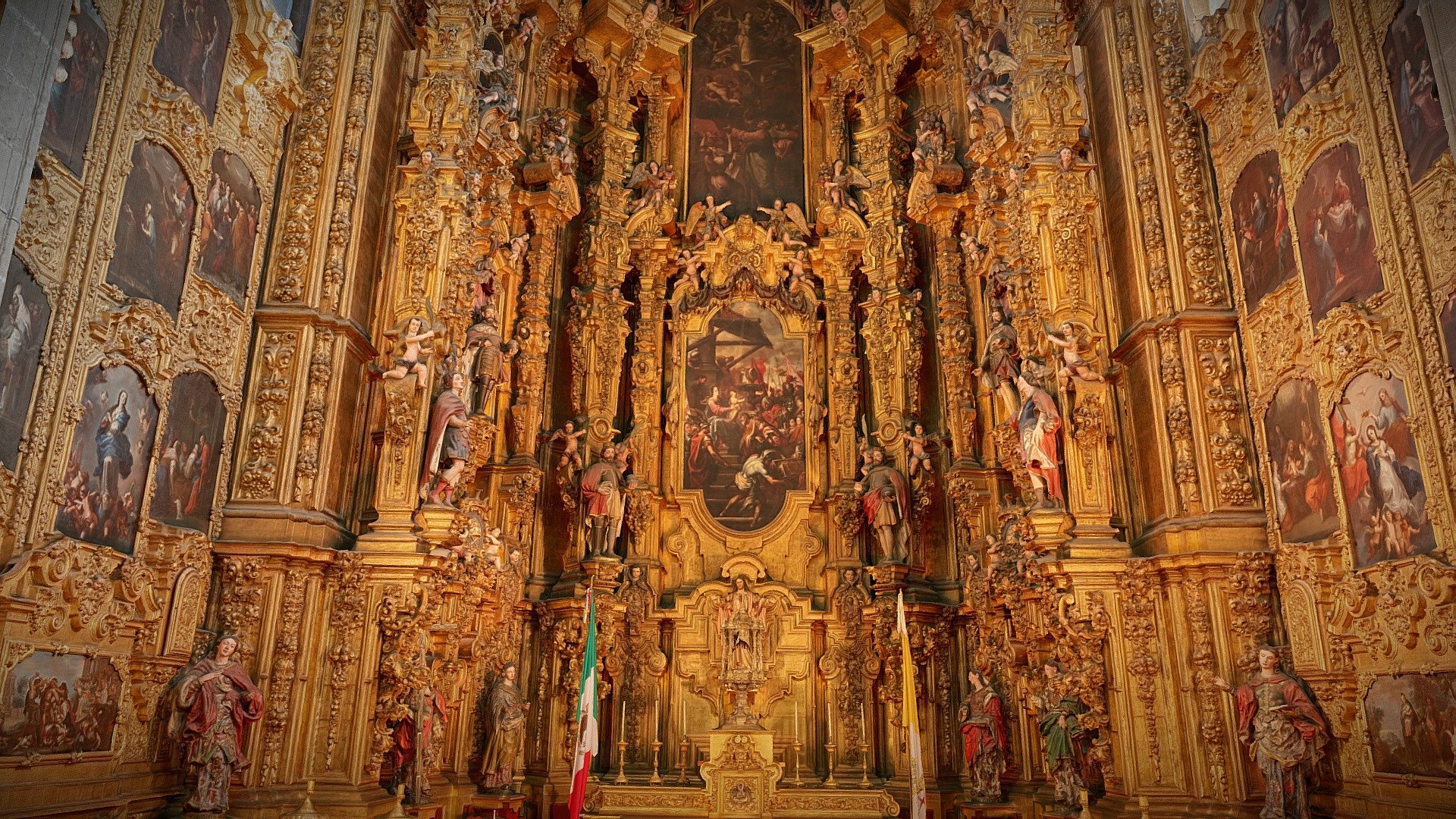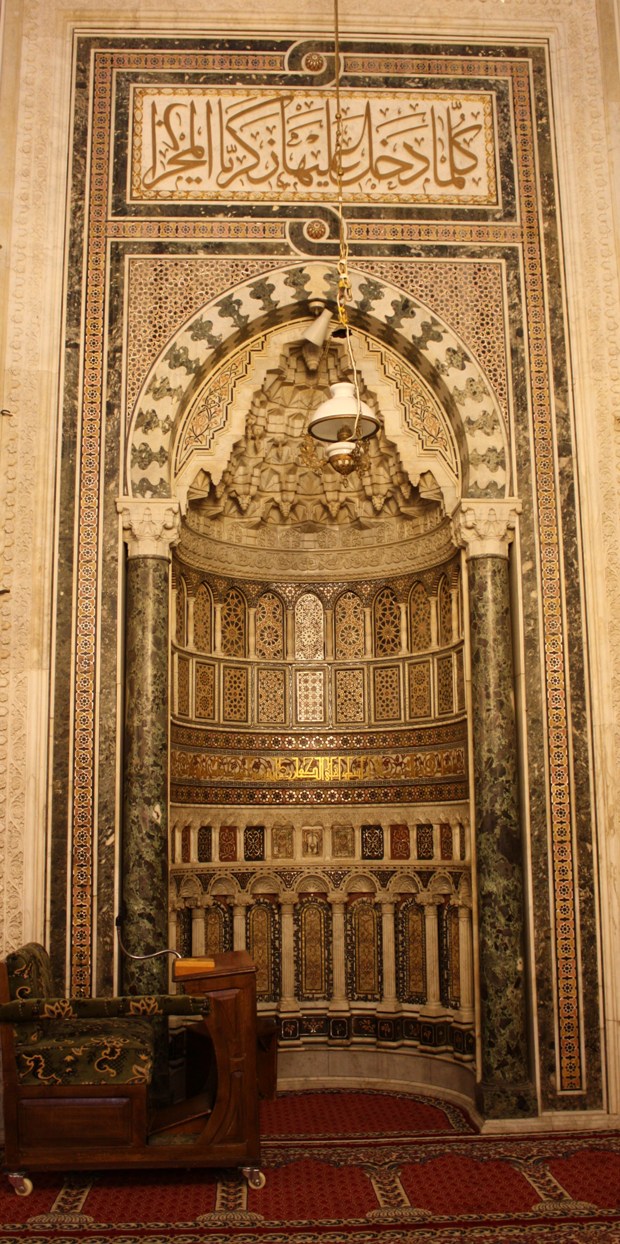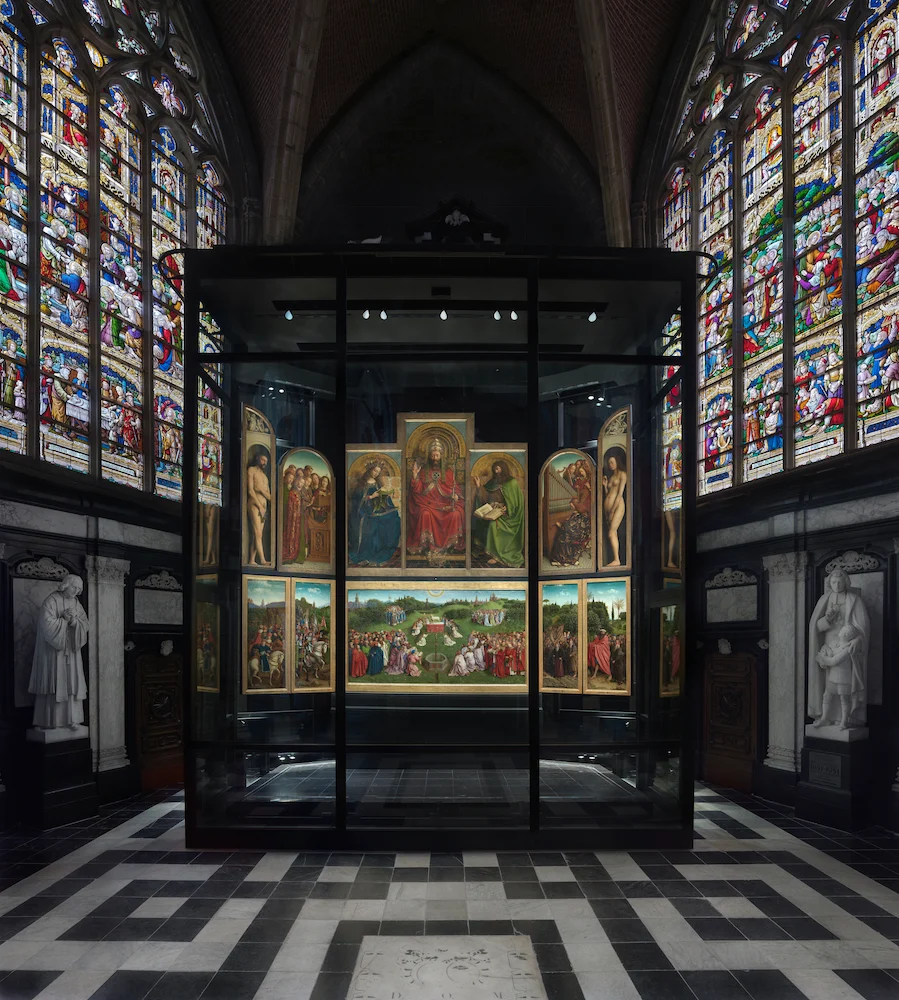The Ultra Baroque Style of Churrigueresque
From Alfonso Rodríguez Ceballos, "Churrigueresque," Grove Art Online, 2003.
This term, used from the late 18th century, denotes the most exuberantly ornamental phase of Spanish architectural decoration, lasting from c. 1675 to c. 1750. The term derives from the Churriguera family family, the principal exponents of the style, who worked mostly in Salamanca. The origins of the style, however, can be traced back to the painter and sculptor Alonso Cano, who was a pioneering exponent of a highly ornamental style that began to characterize much Spanish art at the end of the 17th century. Most important in the propagation of the style were a number of sculptors, wood-carvers, cabinetmakers and carpenters who began to be highly influential in the field of architecture at this time, much to the chagrin of the more classically-minded specialist architects, such as Juan de Herrera. These sculptors and other craftsmen were chiefly responsible for the design and construction of the ephemeral structures built for coronations and other celebrations around this time. These were generally made of wood or cloth, allowing all manner of capricious and bizarre experiments with ornamentation. Some of these Baroque experiments were later taken up and applied in stucco or brick to such architectural elements as façades, walls, vaults, doors and cupolas and in sculptural ensembles such as retables, for example at the church of S Esteban, Salamanca.
In the early 18th century the Churriguera family, together with such other artists as Pedro de Ribera in Madrid and Narciso Tomé in Toledo, took up this ornamental style and brought it to its logical conclusion, adding such new decorative elements as the estípite (a tapering pilaster, shaped like an inverted pyramid and derived from Mannerist architecture) and solomonic (or spiral) columns. The estípite was to become the dominant form. Tomé’s designs were particularly ornamental and laden with sculptural decoration, including fluffy clouds and angels’ heads on column shafts, entablatures and cornices. The style also had its followers outside the central region of Spain. These included Figueroa, Leonardo de and his son Ambrosio de Figueroa (1700–50) in Seville, Francisco Hurtado Izquierdo and his group of followers in Córdoba and Granada, and Domingo Antonio de Andrade (1639–1712) and Fernando de Casas y Novoa (both of whom worked on the cathedral of Santiago de Compostela) in Galicia. It was also subsequently introduced into Latin America, especially Mexico, by Jerónimo de Balbás, Lorenzo Rodríguez and others. Although the late phase of the Churrigueresque coincided with the Rococo movement in Spain, the two styles should not be confused: while both styles were essentially decorative, using ornamentation to disguise weak architectural structure, Churrigueresque consisted in heavy, contorted decoration whereas Rococo was lighter and more curvaceous.


